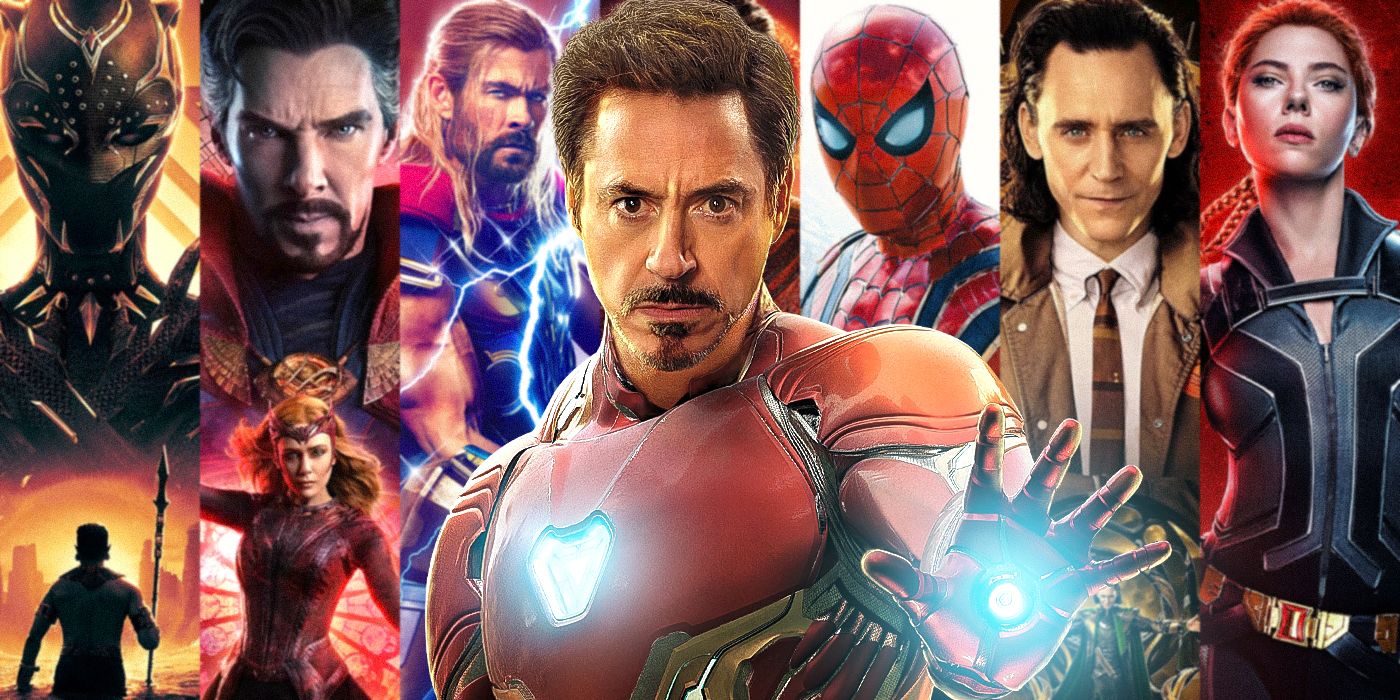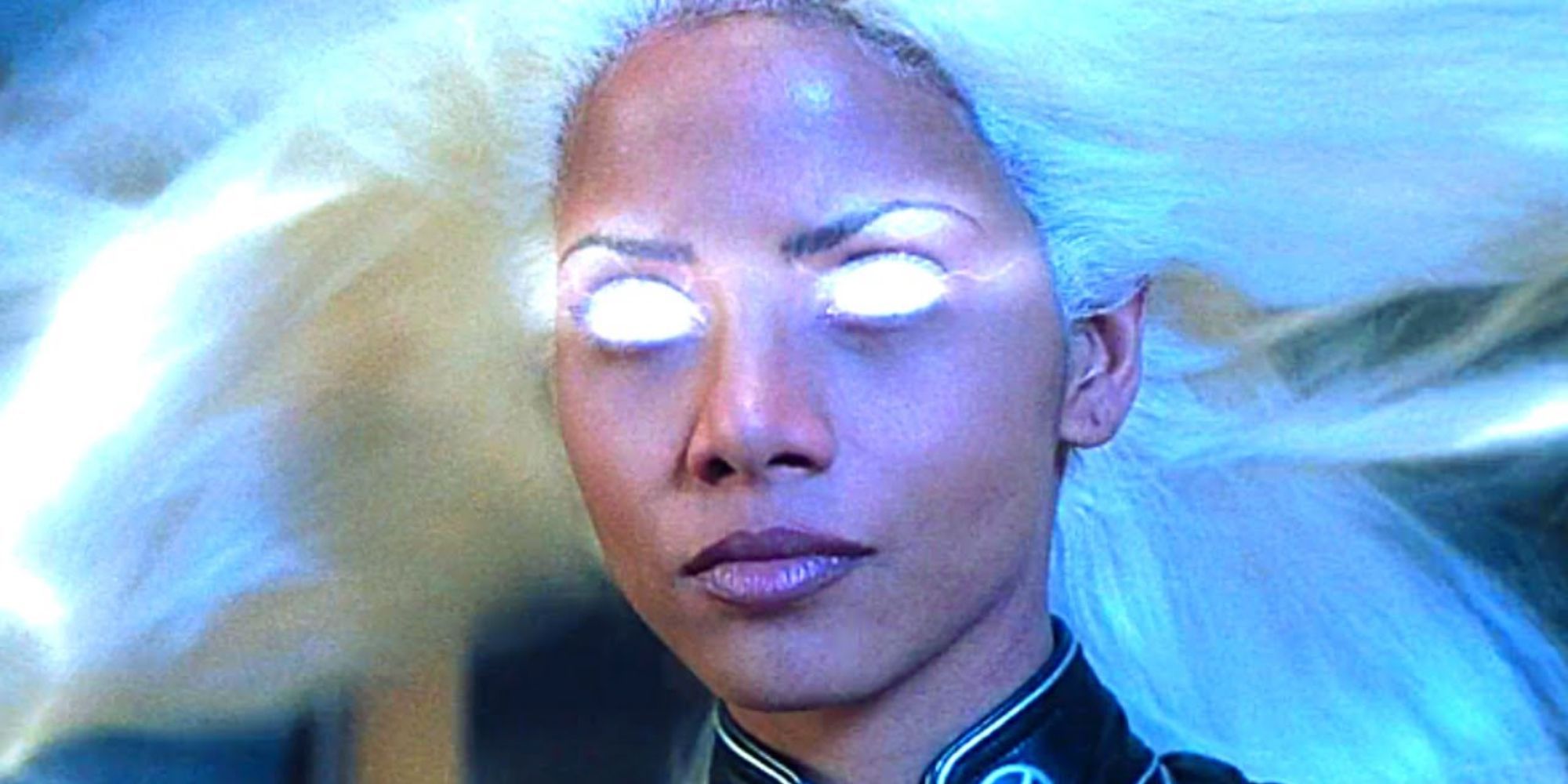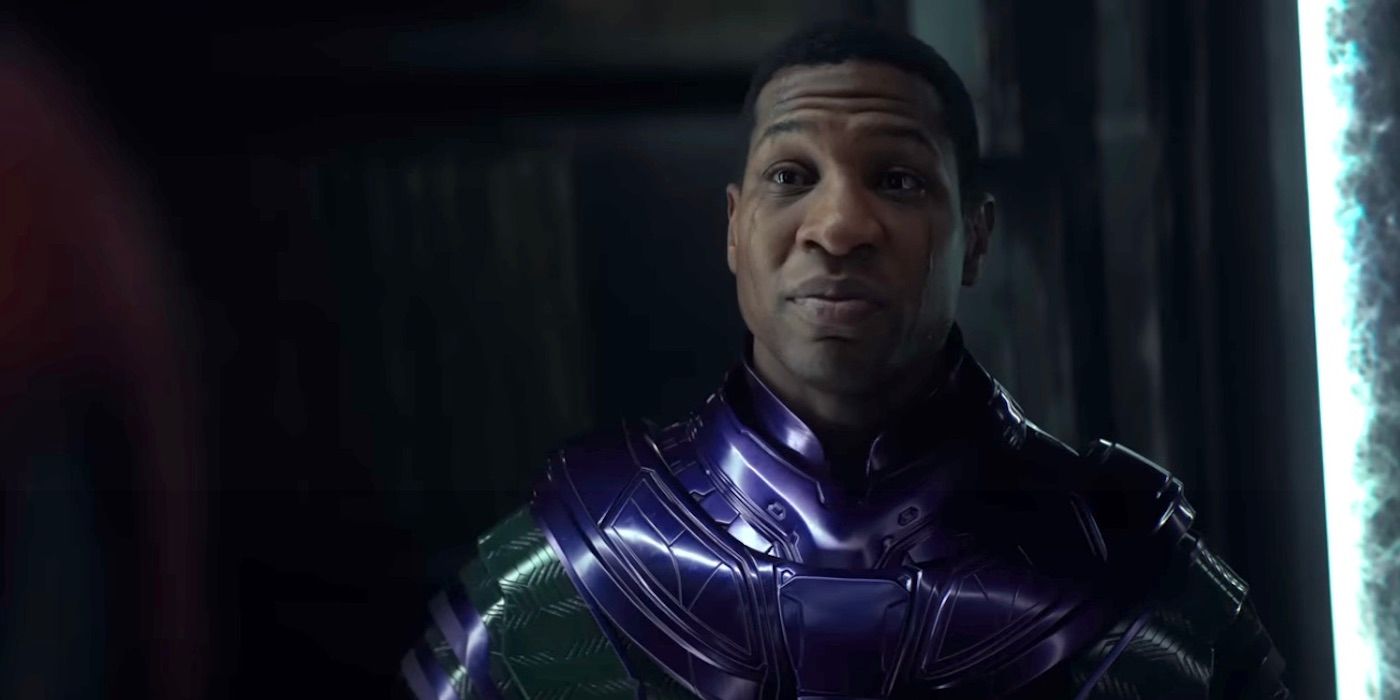The Marvel Cinematic Universe recently wrapped up Phase Four of its sprawling saga and kicks off Phase 5 in February with the imminent release of Ant-Man and The Wasp: Quantumania. As the MCU embarks on Phase 5, which will encompass The Multiverse Saga, it’s time to look back 15 years, when the MCU first began in 2008 with Iron Man.
Released in theaters on May 2, 2008, Iron Man marked a significant turning point in comic book superhero blockbusters and kickstarted the MCU saga. Let's explore why Iron Man was the perfect film to kick off the MCU, and why Iron Man was the only way to properly introduce the idea of a shared cinematic universe to audiences.
The State of Comic Book Movies in the Late 2010s
In 2008, moviegoing audiences were no strangers to the Marvel Universe. Cinematic franchises had already been launched for major Marvel heavy hitters, such as X-Men and Spider-Man, each of which had three hit movies in theaters. There were more mixed results as well, with film releases of Daredevil, The Hulk, The Punisher, and Fantastic Four. However, Iron Man differed from those previous films in that it was solely produced by Marvel Studios. Paramount Pictures was only on board as a distributor.
Iron Man was a new chapter for Marvel Studios, and Marvel Entertainment, rather than a studio partner, was calling the shots. There was talk of making an Iron Man movie for many years before its release. However, the film languished in development purgatory and never got off the ground. When the film rights returned to Marvel Entertainment, Marvel sought to develop the film independently of the Hollywood studio system. Ultimately, the gamble paid off.
Iron Man was an effective character choice for Marvel Studios to start producing its own films for many reasons. At the time, Iron Man did not have the popularity of characters such as the X-Men or Spider-Man, let alone their cultural impact, but he was one of the fewer big names of the Marvel Universe who did not yet have a major film adaptation. Iron Man provided a fresh face to introduce to audiences and give them something new. While Iron Man, aka Tony Stark, is a regular human who does not have superpowers, audiences had never really seen a fully-fledged armor superhero with a full litany of gadgets at his disposal onscreen like with Iron Man. Except perhaps RoboCop, who was more of a cyborg or cybernetic human.
'Iron Man' Wisely Started the Gradual Progression of the MCU Concept
Iron Man was a gradual entry into the concept of the MCU. Looking back at the first Iron Man, director Jon Favreau heavily favored verisimilitude. The presentation of Iron Man on the big screen is derived from a more grounded, realistic standpoint. Tony Stark (Robert Downey Jr.) builds all of his armor suits. The villain, Obadiah Stane, has scientists build his Iron Monger suit. There are no superpowers, no aliens, no interdimensional beings, and no cosmic threats. Time travel and magic are never mentioned. The biggest sci-fi concept introduced in Iron Man is the arc reactor technology. It was important to begin the MCU this way to give the moviegoing audience something more realistic and digestible.
Marvel Studios didn’t start touching on the more outlandish characters, out-there concepts, and outrageous ideas until much later. Case in point, Guardians of the Galaxy, featuring a talking tree and raccoon, was not released until 2014, six years after the original Iron Man movie. Once audiences were on board and accepted Tony Stark, aka Iron Man, Marvel Studios gradually added more fantastical ideas and concepts to its cinematic franchise. The strategy has paid off for Marvel Studios for the better part of two decades. Had the MCU started right off the bat with Thor, or even The Incredible Hulk, it would not have been as auspicious and successful as a debut.
The other perfect starting point for Iron Man concerns how the film was made the linchpin to usher in an eventual movie for The Avengers. In the 1960s Marvel Comics, Iron Man was one of the original founding members and leaders of the Avengers team. For Marvel Studios to begin a new film franchise, it made all the sense in the world to have Iron Man, an original Avengers team member and leader, as the start of the MCU. The shift with the MCU not only introduced a new blockbuster superhero movie to audiences but also the concept of a shared cinematic universe on a scale that had never been truly achieved before.
Even the previous Marvel properties that became successful film franchises never tried or attempted to cross over or share a universe with each other. Iron Man was the first Marvel film to set up a shared Marvel film universe concept was possible. Hence, Iron Man introduced the SHIELD organization and its enigmatic director, Nick Fury, who revealed to Tony Stark the idea of an “Avengers Initiative.” The Nick Fury and Avengers moment was left as a post-credits scene, another staple of the MCU.
The original Iron Man integrated the shared universe aspects in subtle and small ways and did not overshadow the origin story of Tony Stark becoming Iron Man. For audiences, the shared universe aspects were a tease for something bigger. Audiences were not overwhelmed with various names and concepts to remember for future films. Since Iron Man was a more grounded, realistic hero, it was easier for audiences to accept. The MCU started with baby steps. It learned to walk before it could run. The franchise started to run after it learned how to walk. Then it learned how to run, and then the MCU became a sprinter and master marathon runner.
Iron Man helped teach both Marvel Studios and the audience how to progress its film series by establishing characters and gradually building them up and incorporating more fantasy-based concepts. Iron Man eventually did give way to the Avengers and what would come later in the MCU. Had Iron Man failed, it's likely that none of what is happening now with the MCU ever would have occurred.
As a result of Iron Man’s success, Marvel Studios was able to successfully translate the longtime conventions of the classic Marvel Comics. Characters would exist in their separate corners of the Marvel Universe. Characters, such as Iron Man and Captain America, could cross over with one another and join teams, such as the Avengers. Then, the superheroes could return to their separate little corners and solo comic book titles. However, teams and characters could also cross over into giant, company-wide events, such as Jim Starlin’s The Infinity Gauntlet.
Infinity Gauntlet later became the basis for Avengers: Infinity War and Avengers: Endgame. Iron Man seeded the concept of solo movies sharing a universe with other characters and films. These characters could have their own solo film franchises before eventually meeting up in a team franchise, The Avengers. Then, the Avengers could meet other team franchises and other film series in a major culminating event, such as the fight against Thanos in Infinity War. Iron Man was the perfect entry point to introduce this concept because it started small. It planted a seed, and that seed took root and grew into a giant oak. It did not try to throw everything at the audience at once.
By contrast, the DC Universe was tainted by the release of Batman v Superman: Dawn of Justice. What is now called the DC Extended Universe, or DCEU, began in 2013 with Man of Steel. Rather than establishing all the various characters and concepts of the DCEU, Warner Bros. started with Man of Steel and then went straight to Batman v Superman: Dawn of Justice. Dawn of Justice introduces the DCEU's versions of Batman, Lex Luthor, Wonder Woman, Doomsday, Aquaman, and The Flash, all in one film. Unlike Marvel Studios, Warner Bros. tried to rush its DC Universe and didn’t take the appropriate steps to set up its ongoing saga. The poor decision-making of Warner Bros. and the DCEU continue to affect the studio to this day, and they’ve never been able to fully recover from the mistakes of Batman v Superman.
The Future of Comic Book Movies
The other factor favoring Iron Man was the automated, high-tech angle of the concept. Tony Stark is an industrialist and futurist who lives in the world of cutting–edge tech, and he engineers a sleek, cool suit of armor that can fly. The film came out a year after the release of the iPhone. Suddenly, smartphones and mobile apps were all the rage and easily accessible. Iron Man worked in tandem with the cutting-edge technological breakthroughs that were happening in the real world at the time. The film was quite prophetic with Tony Stark's usage of JARVIS as an AI system, ahead of Apple unveiling Siri as a digital AI assistant. Not to mention, Tony Stark might be a billionaire, but he’s a real person without any superpowers. He builds his armored suit. As a self-made superhero, he is relatable to audiences. After being wounded in a shrapnel explosion, he needs the arc reactor in his chest to keep him alive. Stark’s vulnerability as a character, and his physical ailment, add another layer of relatability.
Marvel Studios’ Ant-Man and The Wasp: Quantumania releases on February 17. The film boasts the cinematic debut of classic Marvel villains Kang the Conqueror and MODOK, two characters created by legends Stan Lee and Jack Kirby in the 1960s; much like many of the most iconic superheroes of the Marvel Universe. It’s fun to look back and see how the vast intricacy of the MCU all started with Iron Man, and the film’s legacy endures to this day.




